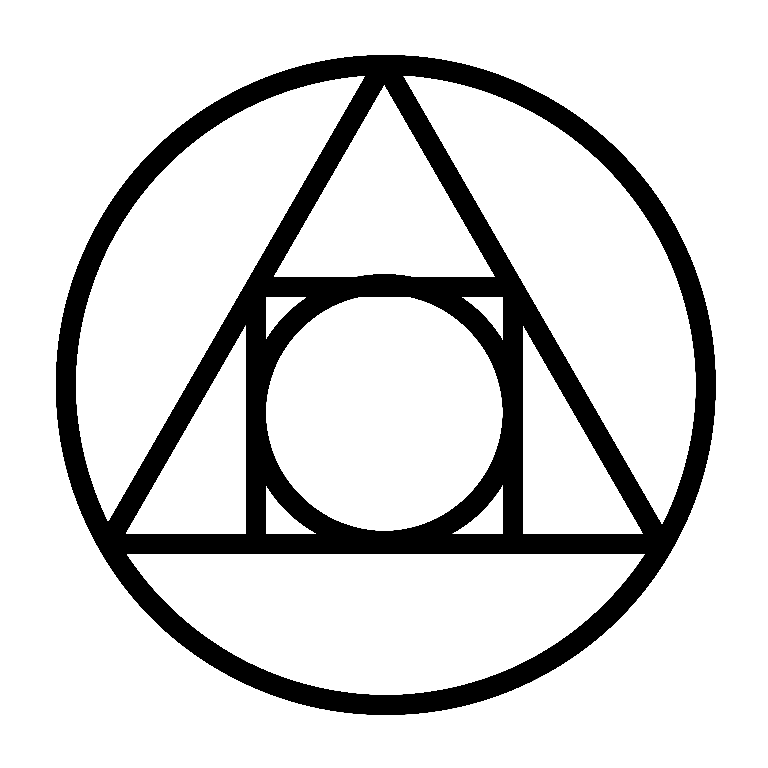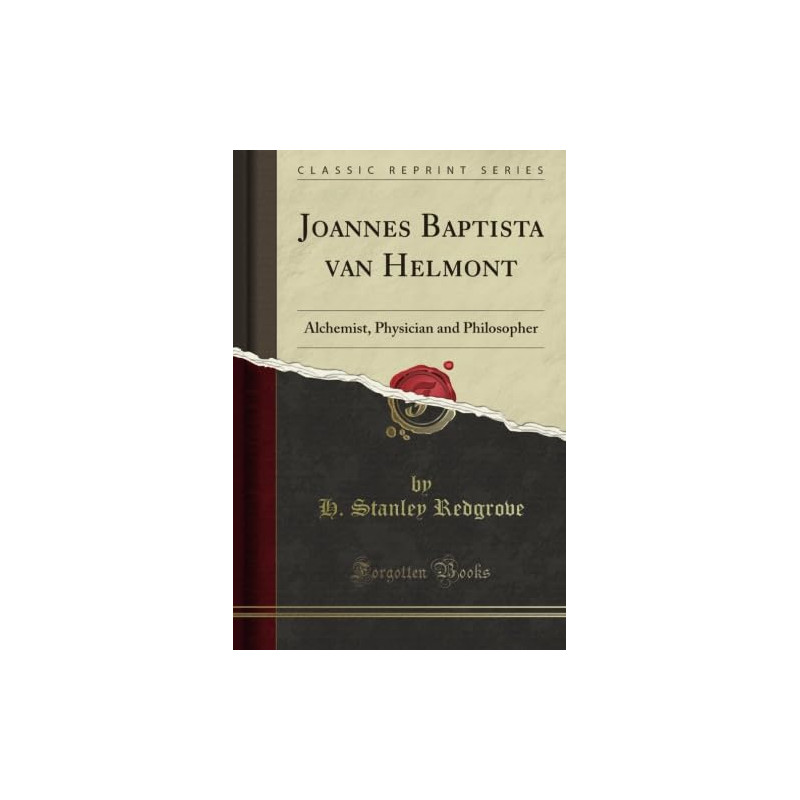H. Stanley Redgrove and I. M. L. Redgrove
H. Stanley Redgrove and I. M. L. Redgrove’s 1922 study, Joannes Baptista van Helmont: Alchemist, Physician and Philosopher, remains one of the most readable portraits of the seventeenth century’s most paradoxical figure—a mystic who coined “gas,” a physician who distrusted Galen, and a theologically serious experimenter who tried to square laboratory fire with divine light. The Redgroves’ method is admirably clear: they frame van Helmont against the Paracelsian revolt in medicine; let him speak at length through autobiographical passages from Ortus Medicinae; then follow him through travel, persecution, and theory before turning to his scientific legacy and therapeutics. That architecture—historical context, first-person testimony, thematic analysis—gives the book a steady pulse and helps general readers navigate a life that is otherwise easy to romanticize or dismiss.
The opening chapter, on the “Paracelsian Reformation,” is not just scene-setting. It argues that van Helmont’s achievement is inseparable from a broader iatrochemical turn, and it does so without flattening differences: Paracelsus’s triad (salt–sulfur–mercury) sits beside van Helmont’s “archeus,” ferments, and the refusal to treat man as a microcosm in the old astrological sense. This is the Redgroves at their best—bridging doctrine and lab bench as they prepare the reader for why a Brussels nobleman would both denounce scholastic logic and spend years distilling, calcining, and weighing.
The heart of the book allows van Helmont to narrate his own intellectual crisis: the hollowness he felt after his arts degree, his disenchantment with astronomy and disputation, the recoil from Stoicism after a revelatory dream, and the turn toward medicine as a vocation approached through prayer, experiment, and service. The editors resist paraphrase and let the seventeenth-century cadence stand, which is wise: his voice—scrupulous, devout, stubborn—explains far more about his later heterodoxies (sympathetic cures; a stomach-centered “seat of the soul”) than any secondhand gloss could.
Where the volume moves beyond source-curation, it makes two enduring contributions. First, in “Mysticism and Magic,” it takes seriously van Helmont’s epistemology: intuition as a mode of knowing that does not abolish experiment but animates it. The Redgroves neither sneer nor genuflect; they map the logic by which dreams, archeus, and ferments form a single causal grammar, then show how that grammar yields concrete predictions at the bedside and furnace. Second, in “Alchemical Achievements,” they give the clearest period-sensitive account of his empirical work: coining gas, recognizing fixed air, the willow-tree experiment on plant mass and water, early conservation intuitions, and experiments that—whether or not one credits his transmutation claim—forced later chemists to state exactly what “element” would mean. These chapters wear their learning lightly; the authors keep returning to procedures and outcomes, resisting the temptation to resolve every ambiguity in modern terms.
The therapeutic chapters—physiology, pathology, remedies, and an “Elixir of Life”—feel of their time yet remain valuable. The Redgroves are honest about the limits of van Helmont’s cures and about the pain his defiance brought him (the interrogations, the house arrest, the loss of his sons during plague), and they contextualize his charitable practice without converting him into a hagiographic saint. The book’s moral portrait—compassionate, pugnacious, unwilling to flatter patrons—aligns with the clinical one: a physician who believed that certainty grows from fire and failure, not from citation.
There are limits. Published in 1922, the study cannot benefit from later historiography on early modern trial culture, Jesuit science, or the social history of hospitals; sometimes it trusts Helmontian self-presentation where a modern biographer would triangulate with archives. The metaphysical exegesis, though careful, occasionally tidies away the messiness of “archeus” and “ferment,” concepts that hover among mechanism, spirit, and metaphor. And the transmutation chapter, while judicious, might have pressed more on the rhetorical uses of “gold-making” within a persecuted iatrochemical identity. These are, however, criticisms from a century on. As a synthesis of sources, a tour through the chemistry, and a humane life of the man, the book still does vital work.
Who should read it now? Anyone tracing the hinge from alchemy to chemistry; physicians curious about an ancestor who fused prayer with protocol; and readers who prefer a biography that lets a subject speak in his own cadence before the biographers render judgment. The Redgroves’ Van Helmont is not domesticated into a proto-modern; he is allowed to be singular: an experimenter whose scale and crucible were instruments of devotion, and a mystic who would rather measure than speculate. That combination—rare in any age—is why this study endures, and why its best pages feel fresher than many newer, noisier books.
Read it online here
Hold it on your hands.
Research Snapshot – Joannes Baptista van Helmont: Alchemist, Physician and Philosopher (1922)
-
Authors: H. Stanley Redgrove (B.Sc. Lond., Fellow of the Chemical Society) and I. M. L. Redgrove.
-
Publisher/Date: William Rider & Son, Ltd., London, 1922
-
Redgrove’s Background: H. Stanley Redgrove was a prolific early 20th-century science and esotericism writer. His works include Alchemy: Ancient and Modern (1911, rev. 1922), Bygone Beliefs (1920), Roger Bacon (1920), and Matter, Spirit and the Cosmos (1910), among others.
He often explored the overlap of mysticism and modern science.
-
Context: The book situates van Helmont as the greatest of the iatro-chemists, bridging Paracelsus and Boyle. It frames him as both mystic and experimenter, credited with discoveries like gas and the willow-tree mass experiment
-
Historical Position: Van Helmont (1577–1644), Brussels-born, is presented as chemist, physician, philosopher, and at times persecuted thinker. Contemporary authorities cited (von Meyer, Mandon) rank him among the most original chemists and medical observers of his age

